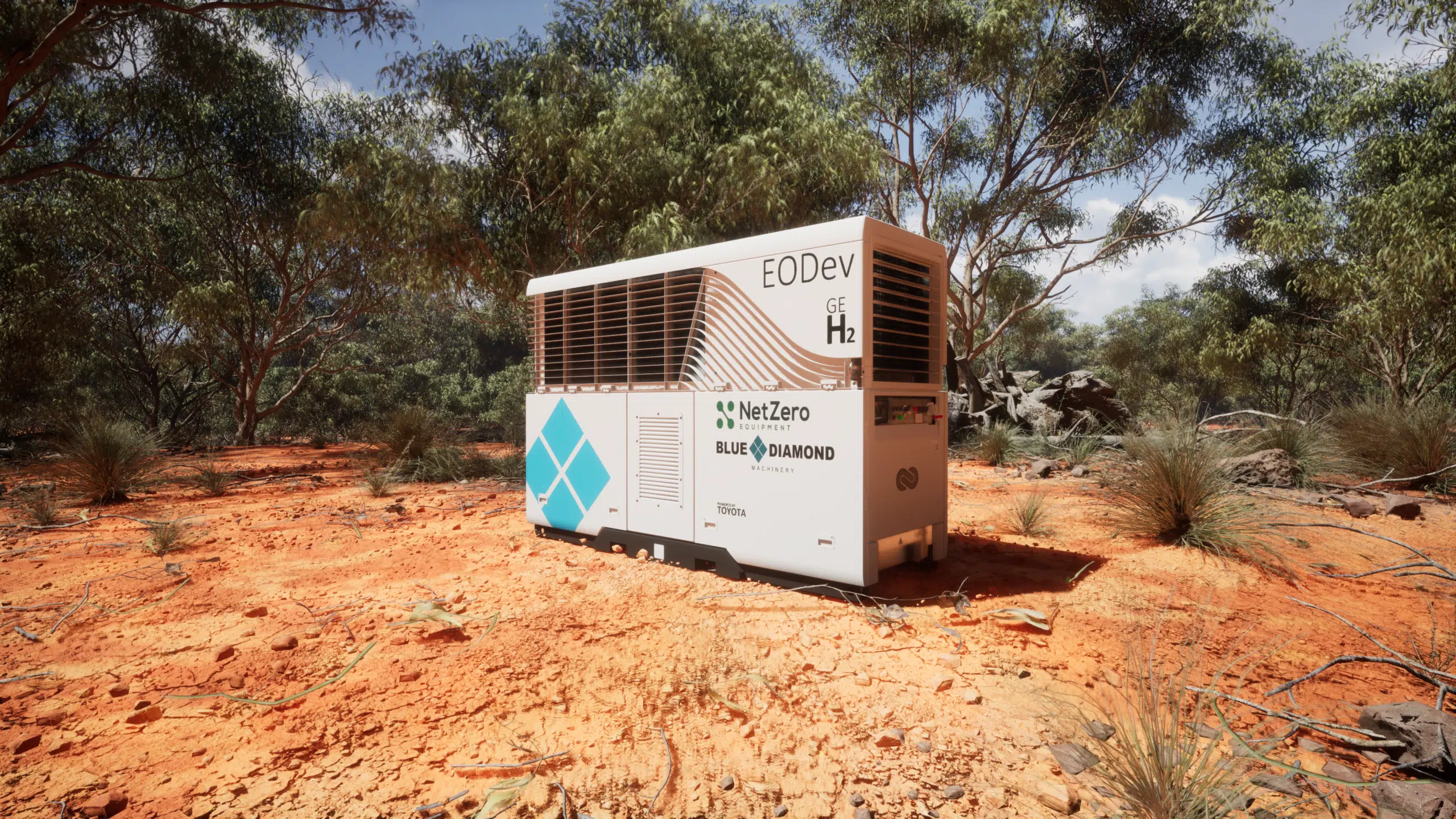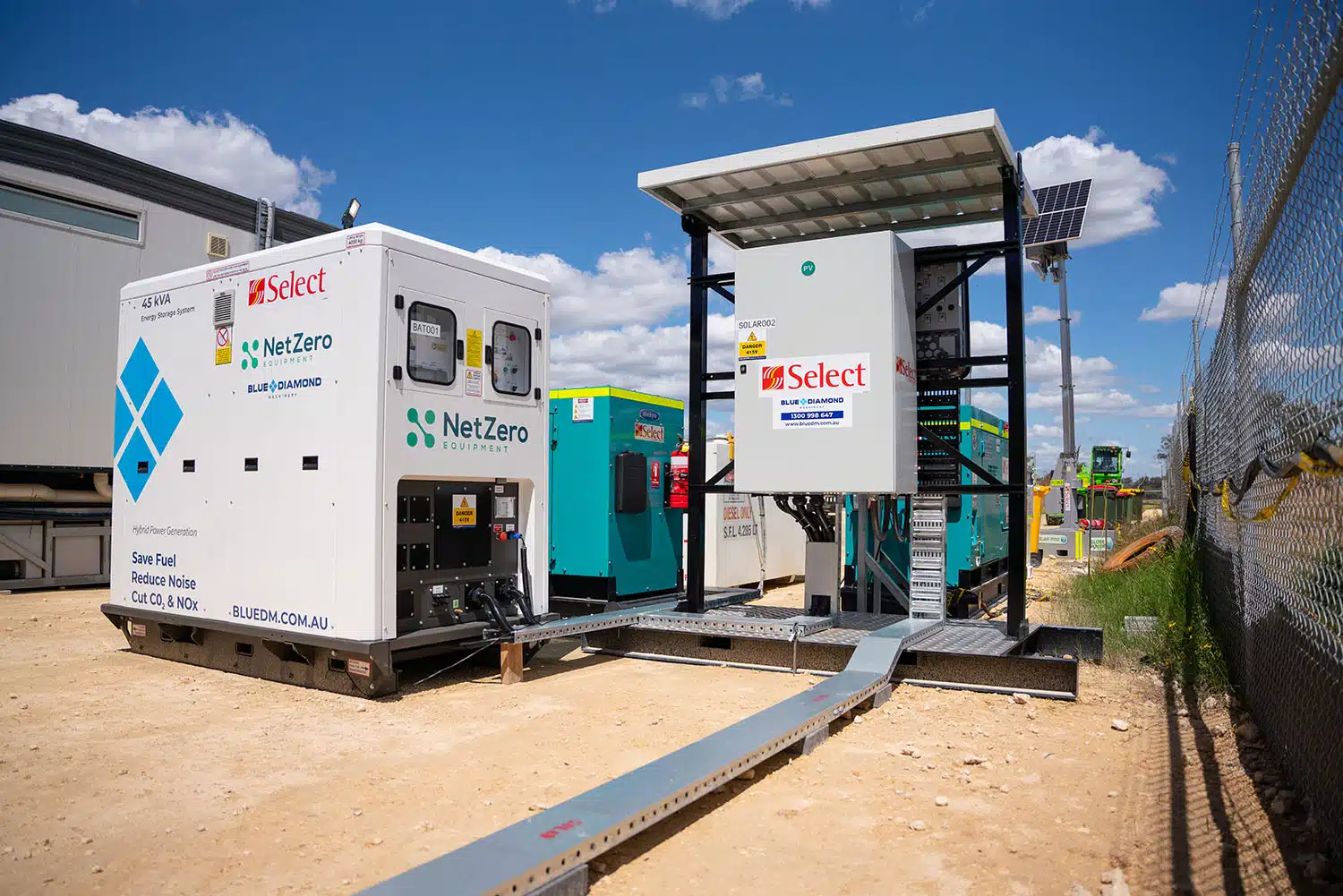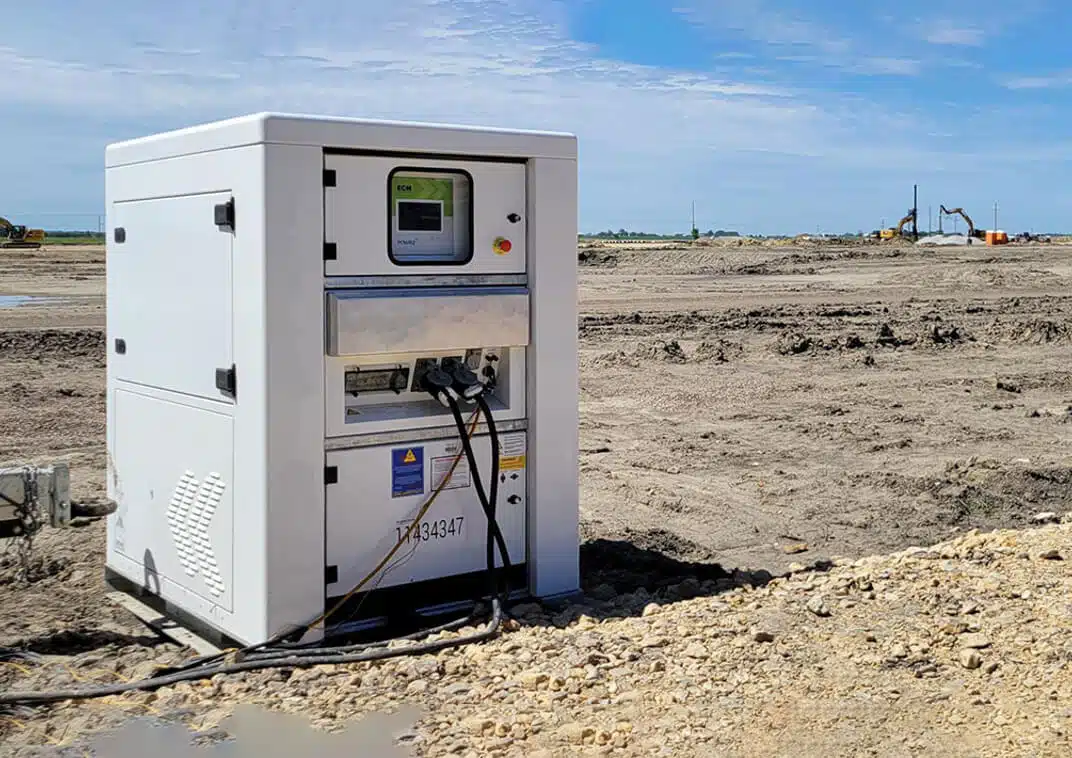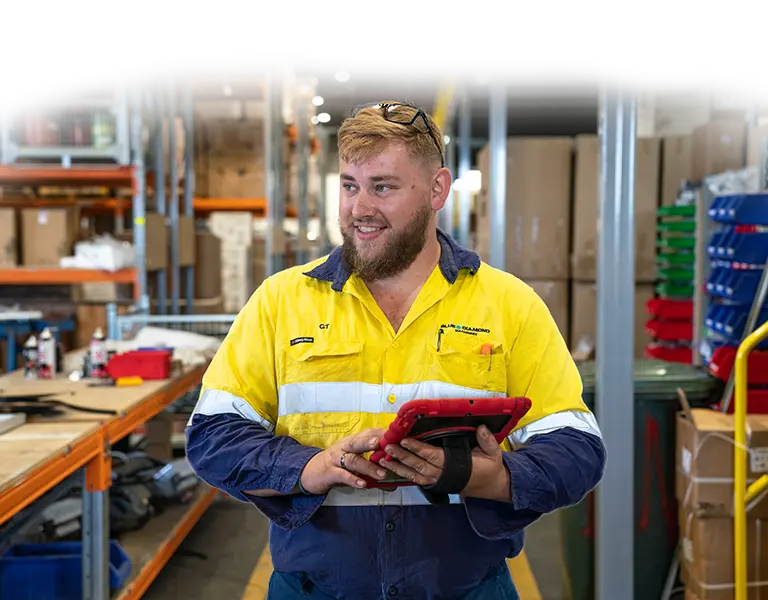In fact, the Mining Council of Australia (MCA) confirmed in 2021 that the industry will strive to achieve net zero emissions by 2050. To remain competitive and meet environmental, social and governance (ESG) commitments, Australian mining companies need to prioritise decarbonisation.
So, what does a ‘zero emission future’ look like for Australia’s mining industry?




